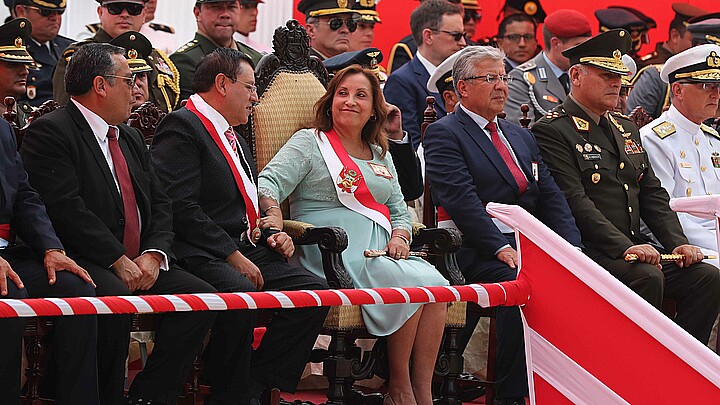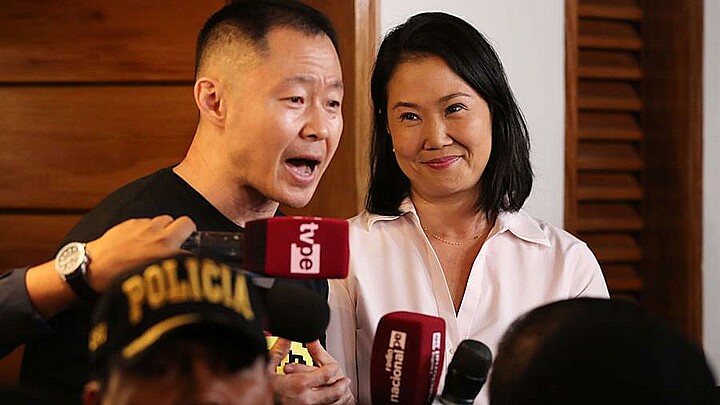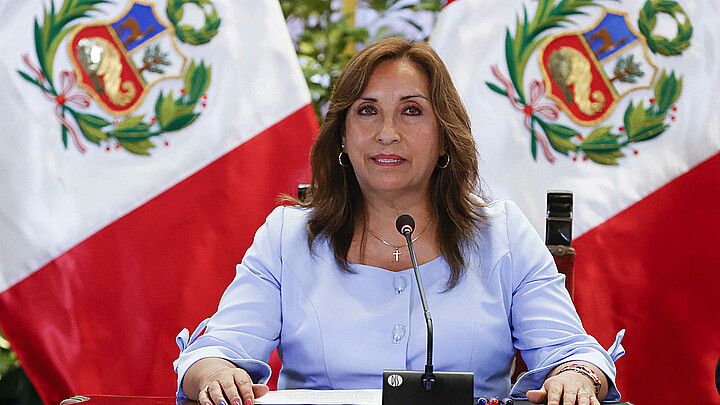Politics
Peru extends state of emergency as protests continue
The state of emergency was extended to include Lima, as well as the regions of Cusco, Puno, and the constitutional province of Callao

January 17, 2023 12:30am
Updated: February 6, 2023 4:44pm
Peru extended its state of emergency to include the capital city of Lima and three other regions after weeks of deadly protests that have left at least 49 dead.
The 30-day state of emergency allows the country’s army to intervene to keep order and suspends several constitutional rights, including freedom of movement and assembly, according to the decree published in the official gazette on Saturday.
The state of emergency was extended to include Lima, as well as the regions of Cusco, Puno, and the constitutional province of Callao.
The protests broke out in December after former President Pedro Castillo was removed from power for trying to dissolve Peru’s Congress and stage a coup d’etat. The same day, a majority of the South American country’s 130-person Congress voted to impeach Castillo for his actions.
Castillo was arrested for the alleged crime of rebellion while he was on his way to seek asylum at the Mexican embassy. Peru’s Vice President, Dina Boluarte, was sworn in as the first female president of the country.
Castillo’s supporters are demanding new elections, a change to the constitution, and Boularte’s removal from office. On Saturday, more than 100 roadblocks were placed by protestors to disrupt traffic in the southern region of the country.
At least 49 individuals have died in clashes with security forces since the protests began and hundreds of others were injured.
“Some voices that have come from the violent and radical factions are asking for my resignation, provoking the population into chaos, disorder, and destruction,” Peru’s newly appointed president said.










